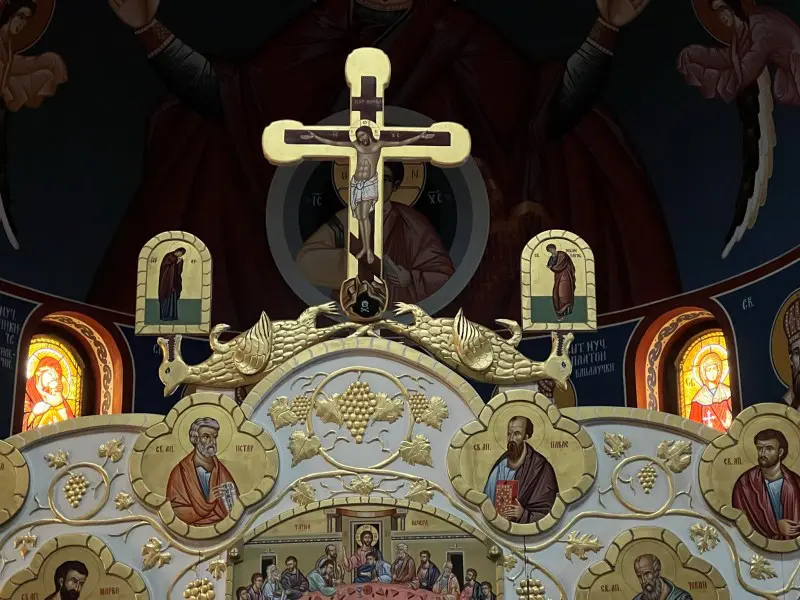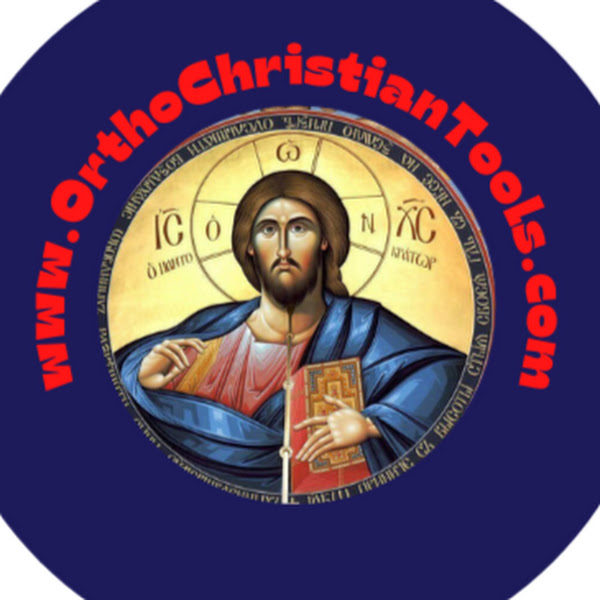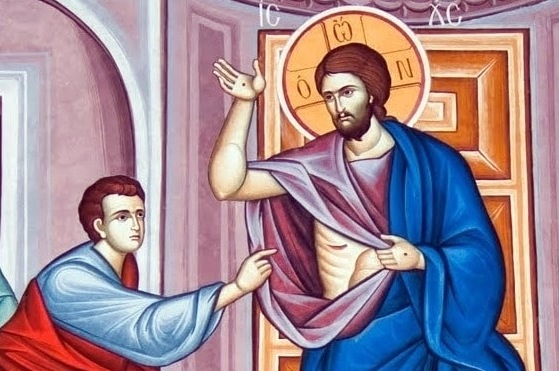Christ is Risen! Truly He is Risen!
Χριστὸς ἀνέστη! Ἀληθῶς ἀνέστη!
Every year, the Orthodox Church beautifully transitions from the radiant celebration of Pascha (Easter) to another deeply moving commemoration: Thomas Sunday, also known as Antipascha. This sacred day, celebrated on the first Sunday after Pascha, invites us into a powerful reflection on faith, doubt, and the Risen Lord.
What Is Thomas Sunday (Antipascha)?
Thomas Sunday falls exactly one week after the Feast of Holy Pascha. It commemorates the events recorded in John 20:19–31, when the Risen Christ appeared to His disciples—first without Thomas, and then again eight days later when Thomas was present.
The term Antipascha does not mean “against Pascha” but rather “in place of Pascha.” It marks the continuation of the Paschal celebration, consecrating every Sunday of the year to the memory of the Resurrection. In fact, beginning with this Sunday, the Church treats every Sunday as a “Little Pascha.”
In the Russian tradition, Sunday is called “Воскресенье” (Voskresén’ye), literally meaning Resurrection, and in Greek, it’s “Κυριακή” (Kyriakí), meaning the Lord’s Day.
The Gospel Reading: A Turning Point in Faith
The Gospel passage for Thomas Sunday comes from John 20:19–31. After the Resurrection, Jesus appears to His disciples behind locked doors, offering them peace and showing them His wounds. Thomas, however, was not present. Upon hearing their testimony, he declares:
“Unless I see the mark of the nails in His hands and put my finger into the nail marks, and place my hand into His side, I will not believe.” (John 20:25)
Eight days later, Christ again appears—this time with Thomas among them. Christ invites Thomas to touch His wounds, saying:
“Do not doubt but believe.” (John 20:27)
Thomas responds with a profound confession:
“My Lord and my God!” (John 20:28)
Christ replies with a timeless blessing:
“Blessed are those who have not seen and yet believe.” (John 20:29)
Beyond Doubt: The Theological Depth of the Eighth Day
In both Jewish and Christian symbolism, the number eight represents a new beginning, a life beyond earthly time. Just as the Sabbath (the 7th day) is the day of rest in this world, the eighth day symbolizes the eternal Kingdom of God.
Thus, the Sunday following Pascha, the “eighth day”, is more than a simple date—it is a theological statement about life eternal and the new creation inaugurated by the Resurrection.
This is why, in the early Church, newly baptized Christians—who were clothed in white garments during Bright Week—would remove their robes on this day, having fully entered into the life of faith.

“The Touching of Thomas,” Not “Doubting Thomas”
The icon for this feast captures a powerful moment: Christ stands among the disciples, inviting Thomas to examine His hands and His side. Thomas, gazing upon the Risen Lord, reaches out—not with skepticism—but with reverence and awe.
Some mistakenly label this icon “The Doubting Thomas,” but in the Orthodox tradition, the correct titles are “The Touching of Thomas” (Greek: Ἡ Ψηλάφηση τοῦ Θωμᾶ) or “The Belief of Thomas.” It’s not about skepticism, but about the transformative encounter that turned doubt into faith.
Liturgical Life: How the Church Celebrates Thomas Sunday
Thomas Sunday is celebrated with the Divine Liturgy of Saint John Chrysostom, and the services continue to be infused with Paschal joy. The Paschal troparion, “Christ is Risen from the dead…”, is sung until the leave-taking (Apodosis) of Pascha, the day before the Ascension.
Scripture Readings for Thomas Sunday:
Orthros (Matins): Matthew 28:16–20
Divine Liturgy: Acts 5:12–20 and John 20:19–31
Hymns of the Feast:
Apolytikion (Grave Tone):
While the tomb was sealed, You, O Life, did shine forth from the grave, O Christ God…
Kontakion (Plagal of the Fourth Tone):
With his searching right hand, Thomas did probe Your life-bestowing side, O Christ God…
These hymns resound with the joy of the Resurrection and the renewal it brings.

Bright Week and the Joy of Resurrection
Thomas Sunday concludes Bright Week, the most joyful week in the Orthodox calendar. During this time, the Church relives the Resurrection daily, with open sanctuary doors, continual singing of the Paschal hymns, and vibrant processions echoing the Easter vigil.
Living the Mystery: Faith Without Seeing
For modern Christians, the message of Thomas Sunday is as relevant as ever. Like Thomas, we may wrestle with doubt. But Christ’s words echo through the centuries:
“Blessed are those who have not seen and yet believe.”
Though we may not see the Risen Christ with our eyes, in the Holy Spirit, we see, touch, and taste the Word of Life (1 John 1:1–4). Through the sacraments, the Scriptures, and the community of the faithful, we experience the same Christ that stood before Thomas.
Conclusion: From Doubt to Declaration
Thomas Sunday is a celebration of the personal encounter with the Risen Christ. It’s a reminder that faith often begins where doubt ends—not with blind belief, but with a response to Christ’s living presence.
As we continue in the Paschal season, may the words of the Apostle Thomas become our own:
“My Lord and my God!”

